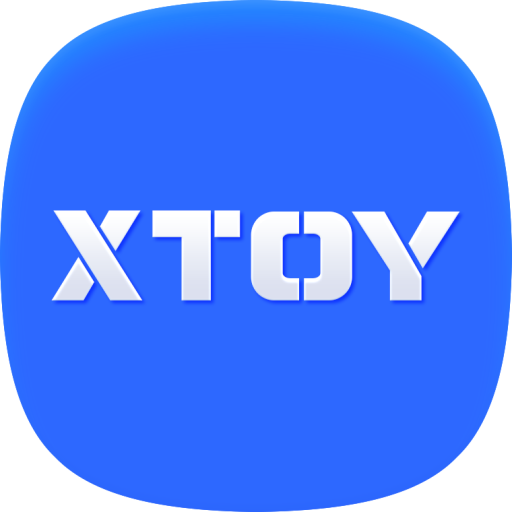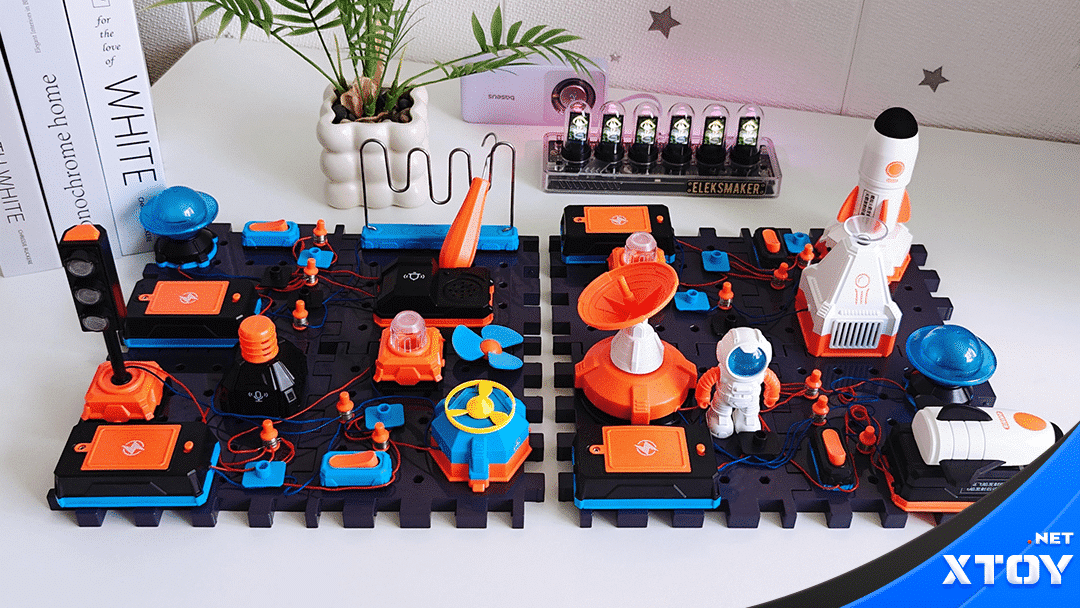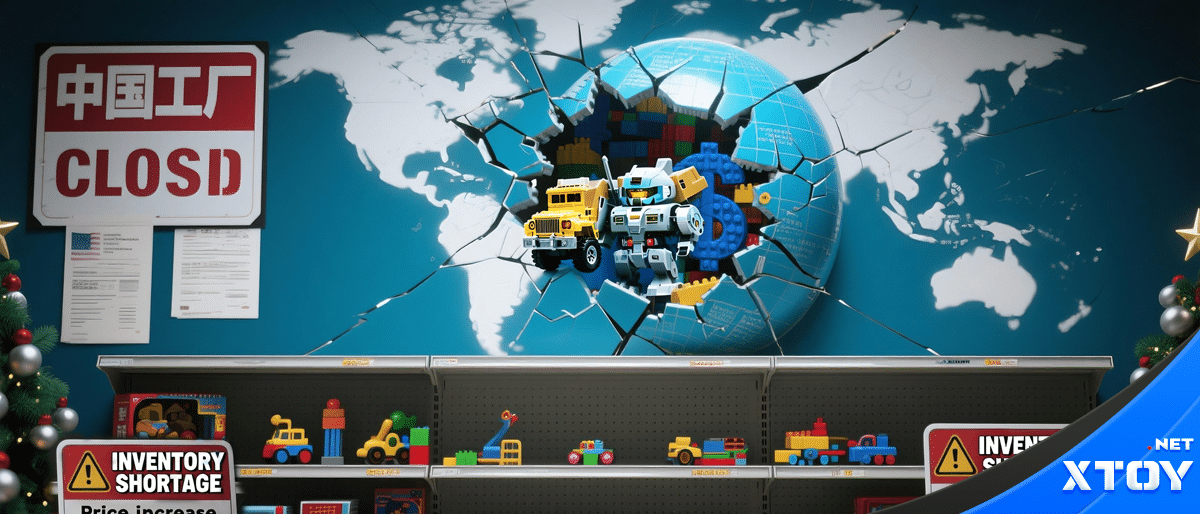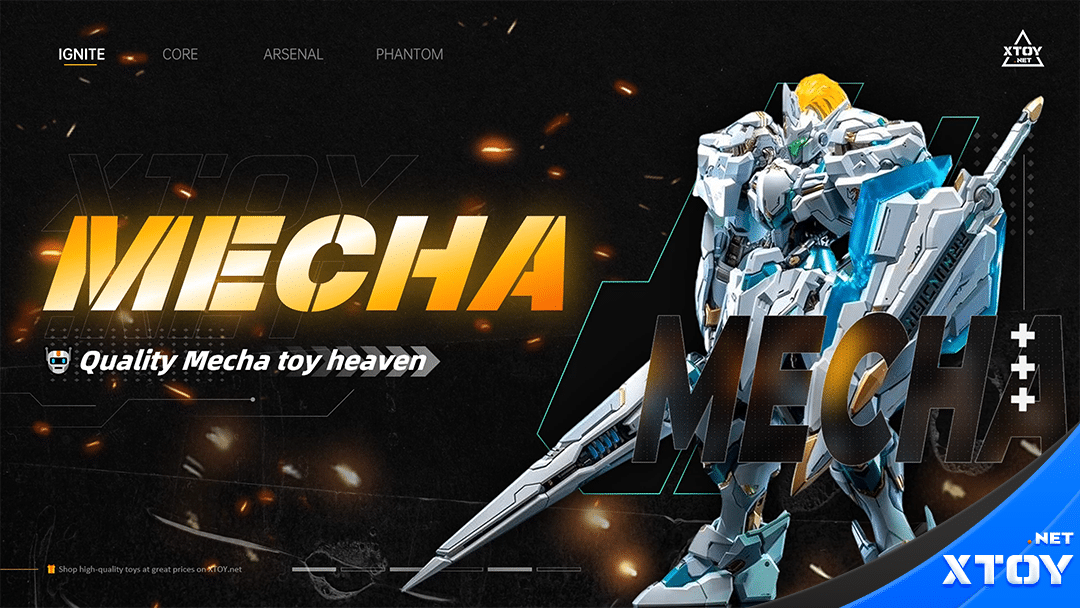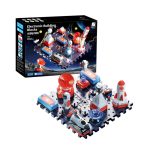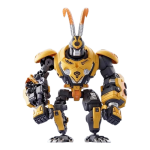# Language Learning Toys Expanding Communication Skills
In today’s globalized world, the ability to communicate across languages is an essential skill. As parents and educators recognize the importance of early language acquisition, a wide variety of language learning toys have emerged—designed not only to entertain but also to educate. These innovative toys serve as powerful tools for expanding children’s communication skills and fostering a love for languages from a young age.
## The Power of Play in Learning Languages
Research has shown that play is a fundamental part of a child’s development, and it is particularly effective for learning. Language learning toys make the process of acquiring new vocabulary and grammar fun and engaging. Interactive games, bilingual flashcards, and storytelling dolls encourage children to explore words and phrases, facilitating better retention and understanding.
When children play with these toys, they develop essential communication skills such as vocabulary building, pronunciation, and even social skills through collaborative play. The immersive experiences provided by these toys allow children to practice speaking and listening in a low-pressure environment, which is crucial for language development.
## Types of Language Learning Toys
1. **Interactive Books and Storytelling Toys**: These toys combine the love of stories with language learning. Interactive books often include sound buttons that read sentences aloud, providing children with correct pronunciation and enhancing listening skills. Storytelling dolls or figures encourage imaginative play and creative expression while expanding vocabulary through narrative exploration.
2. **Bilingual Flashcards**: Flashcards have been a staple of language learning for decades. Modern bilingual flashcards come to life with innovative designs and interactive features, such as apps that pronounce words when scanned. This helps children associate pictures with words in both their native language and the target language, reinforcing their learning.
3. **Language Learning Apps and Games**: Many toys now incorporate digital elements, offering apps that complement physical products. These interactive games often include quizzes, vocabulary challenges, and songs that help children practice their language skills. The blend of physical and digital play keeps children engaged while reinforcing their learning.
4. **Role-Playing Toys**: Dress-up costumes, play kitchens, and toolsets can serve as excellent language learning tools through role-play. By acting out different scenarios, children practice conversational language organically, learning useful phrases and building their confidence in communication.
5. **Musical Language Toys**: Music is a powerful language-learning tool. Toys that incorporate songs, chants, or rhymes invite children to engage with phonetics and rhythm. Singing along helps improve pronunciation and memory, making language acquisition an enjoyable experience.
## Why Choose Quality Language Learning Toys
When selecting language learning toys, it’s important to choose high-quality products that are age-appropriate and engaging. Not only do well-designed toys enhance learning, but they also motivate children to practice and use their new language skills more frequently. Specialized toy retailers, like **xtoy.net**, offer an excellent variety of high-quality language learning toys suited for children of all ages. The expert selection ensures that parents and educators can find products that are not only educational but also fun and engaging.
## Creative Ways to Maximize Learning
To get the most out of language learning toys, consider incorporating them into daily routines. For example, dedicate a specific time each day for children to engage with these toys, or integrate them into family playtime. Encourage older siblings to participate in the learning process, as their involvement can inspire younger children and foster social interaction.
Additionally, complement playtime with real-world experiences. Label objects around your home with the target language, make shopping trips educational by practicing vocabulary related to food and items on the list, or take virtual language classes as a family to deepen the learning experience.
## Conclusion
Language learning toys are more than just playthings; they are invaluable tools for developing communication skills and igniting a lifelong passion for languages. By providing children with high-quality, interactive toys that foster learning, parents and educators can create enriching play experiences that translate into real-world language proficiency. As you explore the endless possibilities of language learning in the world of toys, don’t forget to visit **xtoy.net** for a curated selection of products designed to inspire and educate. These toys are not just items; they are stepping stones toward a brighter, more connected future for your child.
Unlock the potential in play and let the adventure of language learning begin!


